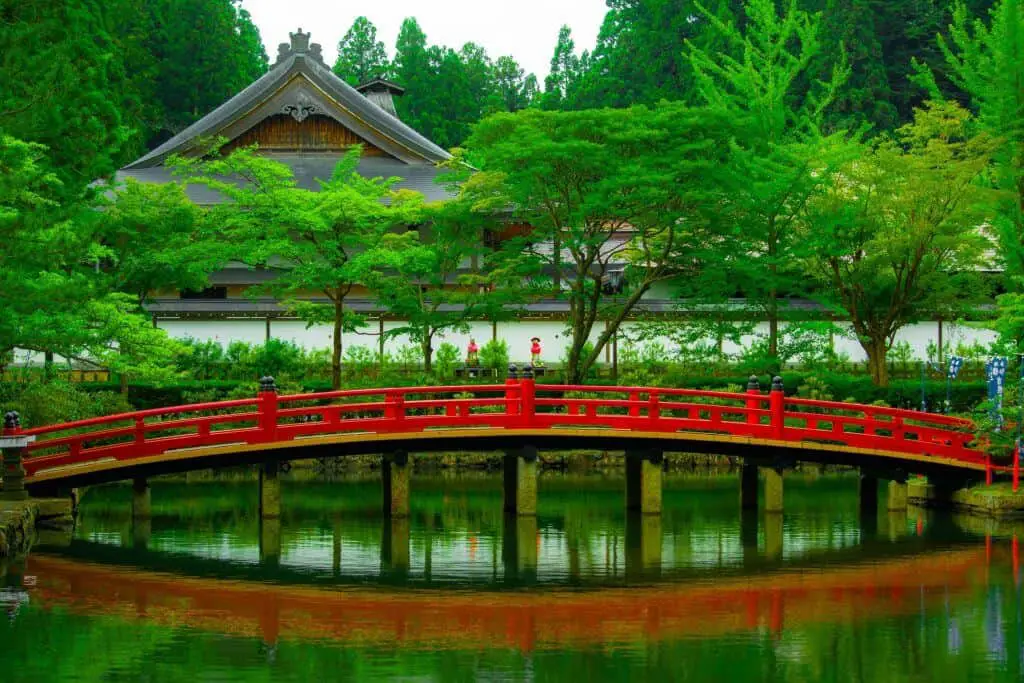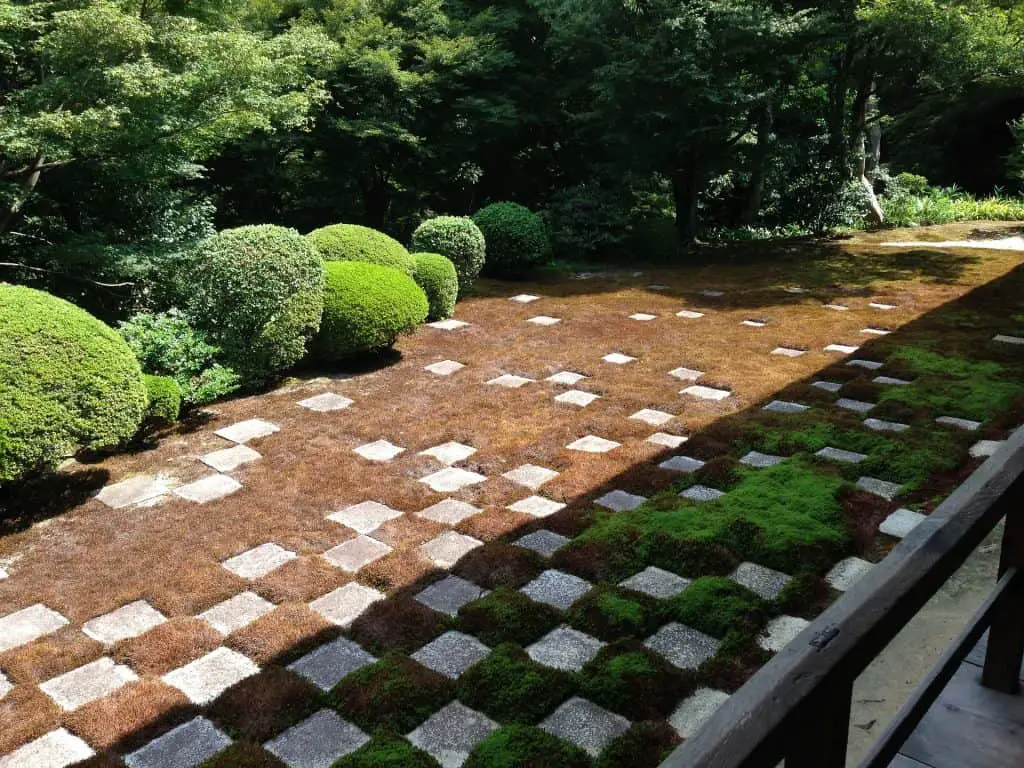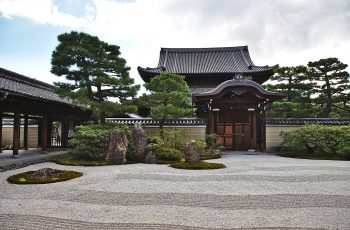History Of Japanese Gardens: Elements And Features
 The history of Japanese gardens goes back to prehistoric times. The best way to characterize Japanese gardens is by simple, minimalist settings that inspire reflection and meditation.
The history of Japanese gardens goes back to prehistoric times. The best way to characterize Japanese gardens is by simple, minimalist settings that inspire reflection and meditation.
Two main traditions influence the design of Japanese gardens: dedication of certain forests or beaches to nature spirits and inclusion of ponds, rock compositions, streams and waterfalls in garden design.
Prehistoric
The history of Japanese gardens begun in ancient China, Japan, and Korea when people designated certain areas of their surroundings as sanctified zones. A unique feature of these zones was their pebble covering.
The sanctified zones were marked and emptied to honor spirits that were believed to have come from heaven and across the seas. Eventually, the pebbled zones developed into courtyards that were mainly associated with Shinto shrines and the houses of local chiefs.
Nara Period
This period lasted the seventh century and was an important juncture in the history of Japanese gardens. It saw the introduction of formal garden designs from China.
This period also saw the introduction of Buddhism in Japan, which emphasized reflection and meditation.
The main features of the gardens introduced by the Chinese included ponds, rock formations, and islands. The Chinese prototypes profoundly influenced the design of these gardens.
While there are no gardens from the Nara period that remain, evidence of their existence is in early paintings and recent archaeological findings.
Heian Period (794-1185)
This period lasted between 794 and 1185. This period saw limited contact between the Chinese and the Japanese. Therefore, garden designs of the Heian period received heavy influence from Japanese aesthetics and interests.
Initially, ponds were minor components of the Heian period gardens but eventually grew to become their dominant features. The ponds in the gardens were mainly for pleasure boating in Chinese style boats.
Aristocrats of the Heian period played significant roles in the history of Japanese gardens.
They built the gardens around imperial courts to symbolize paradise and the pleasures of court life. Garden components were chosen mainly due to their symbolic and functional purposes.
Japanese gardens during this period feature rocks, plants, and trees. Some of the symbolic components used in the gardens included tortoise-shaped islands that symbolized long life and rock or plant groupings to symbolize popular sites in Japan.
Kamakura Period (1185-1333)
Lasting between 1185 and 1333, the Kamakura period was dominated by two main ideas: the cult of Samurai and the rise of Zen Buddhism.
The latter was the central principle guiding monk and warrior life. It has played a substantial role in the history and design of Japanese gardens.
This period saw the evolution of Japanese gardens from play areas for the nobility into spaces for spiritual and personal growth. Zen principles view the garden as environments that help with meditation. Therefore, Japanese gardens in this era drew design inspiration from Zen.
Zen emphasizes austerity and encourages simple means and desires. It does not give much importance to opulence.
Therefore, gardens of the Kamakura period featured simple objects and were a big contrast from those of the Heian period.

Muromachi Period
This period lasting between 1392 and 1573 saw significant developments in the history of Japanese gardens. It saw the rise of the Hojo and Minamoto, two dominant clans that established a Shogunate at Kamakura. However, internal disputes saw the decline of the two clans.
The power vacuum left by the two clans saw the rise of the Ashikaga clan as the new rulers of Tokyo. The power shift also saw a change in garden aesthetics.
Gardens of this period drew inspiration from Zen principles and the aesthetics of the Heian period.
The gardens of this period are some of the most stunning and unique designs of any era. Popular garden designs of this period include tea gardens, stroll gardens, and dry gardens.
Related: Japanese Rose Garden Origin and Design Elements
Edo period
This period in the history of Japanese gardens lasted between 1600 and 1868. Heian garden designs were the main inspirations for garden designs during the Edo period.
The gardens of this era used diagonal approaches, hide and reveal, and borrowed scenery. With diagonal paths, the components of a garden were approached obliquely instead of frontally.
This design made the gardens appear to be more of a natural feature of the landscape rather than a destination.
The hide and reveal design fix attention on one element as part of a stage containing various components in a continuous procession.
For example, you could have a tree on a path, and then the next turn, you could have glimpses of rocks on a pond. This design forces guests to look down on their tracks and witness a new view when they look left, right or up.
Borrowed view or Shakkei had very dramatic results despite its simple design. It uses perspective to make relatively small gardens appear larger.
For instance, the garden may be in the foreground, hedges in the middle ground, and a house or other feature in the background.
Therefore, the components in the middle and background design were intended to obstruct the smooth transition from the foreground to the background.
Modern Times
The modern history of Japanese gardens is the result of government programs that focused on reconstructing the housing market leaving little resources for recreation purposes.
Therefore, modern garden designers have to use the few materials at their disposal. An excellent example of modern Japanese garden design is the one at Tofuku-Ji Temple.


